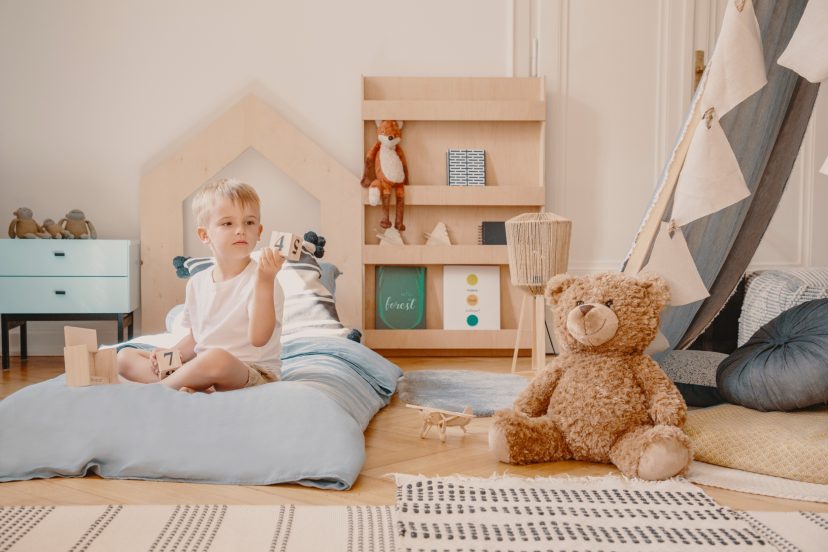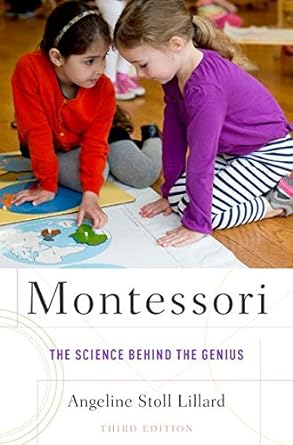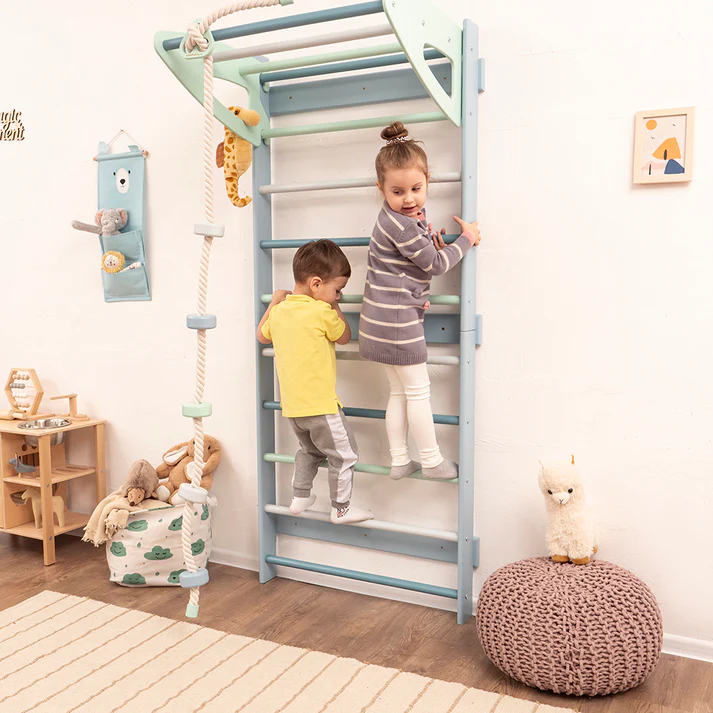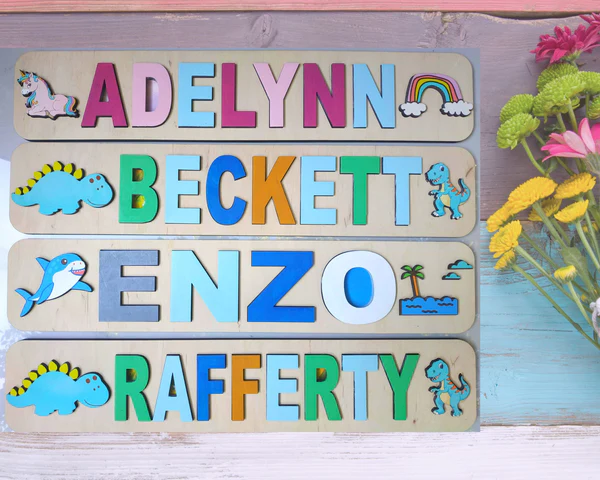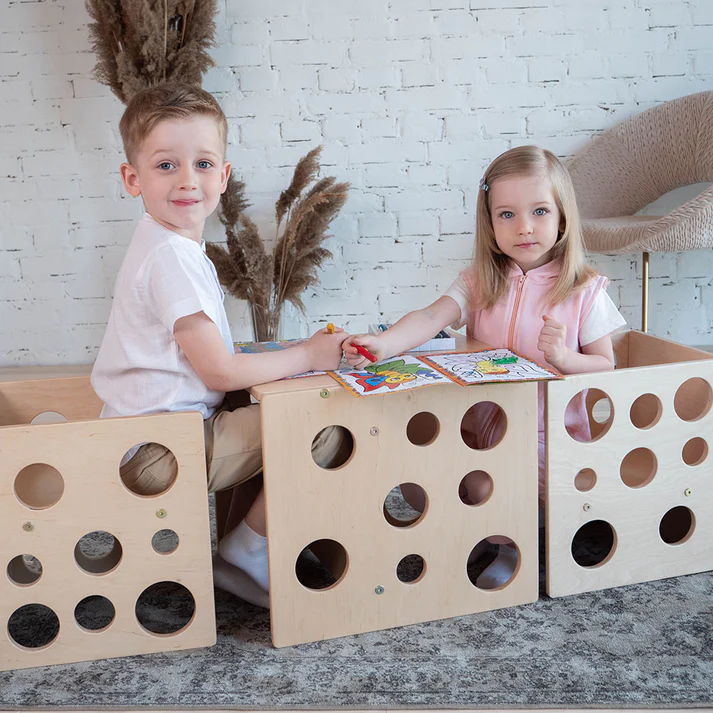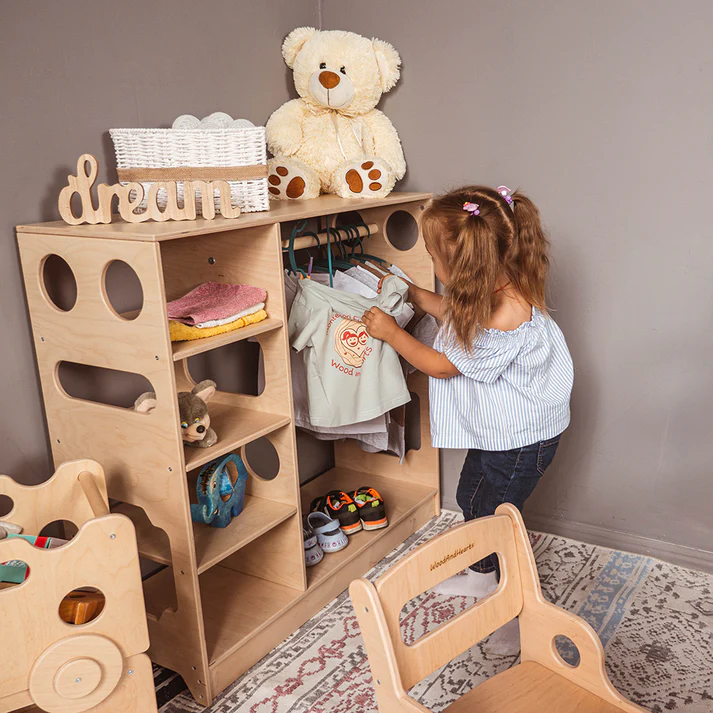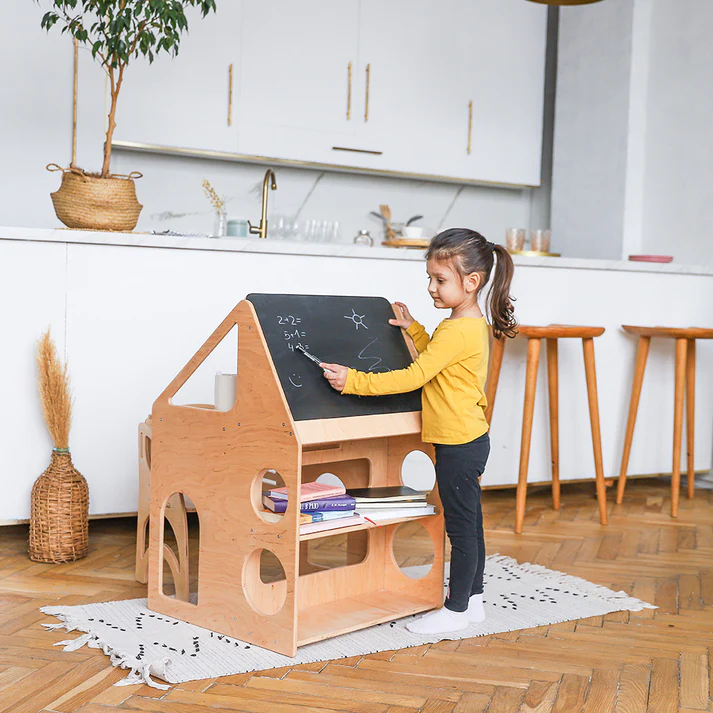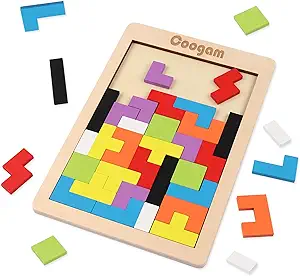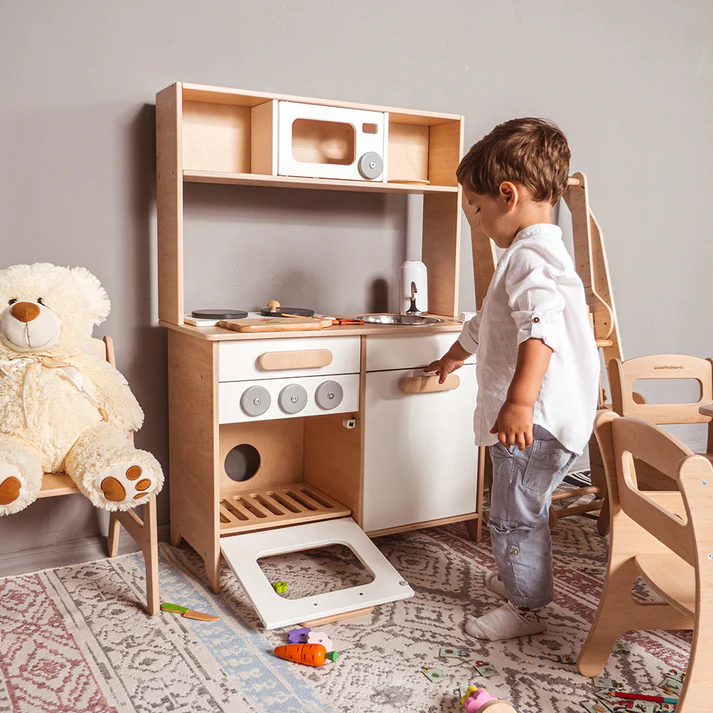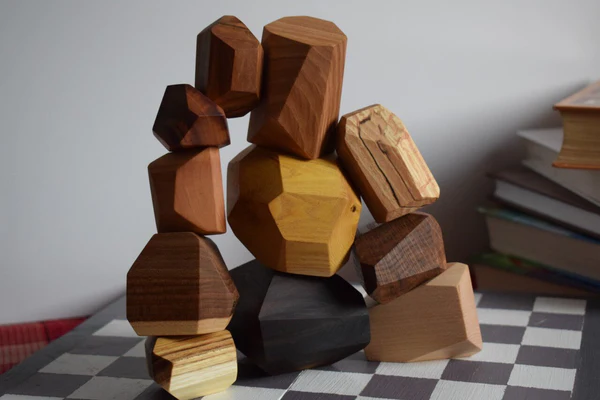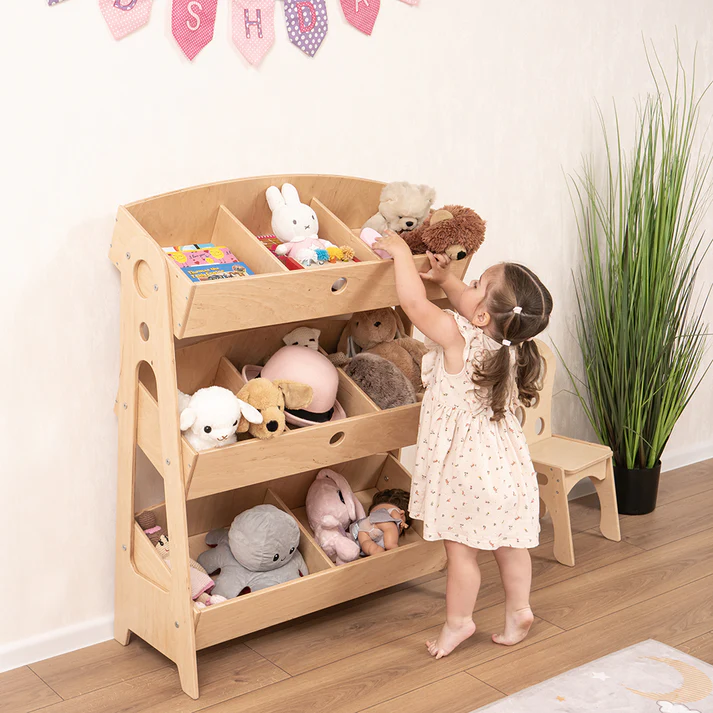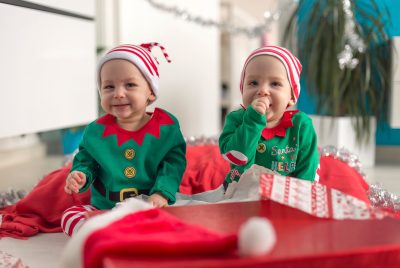Montessori Bedroom – The Key To Child Development
I’m no stranger to the wonders a Montessori bedroom can bring into a child’s life. When I first came upon this gem of an approach, the change it brought was nothing short of magical. Creating a Montessori bedroom is like creating a small world where your child is the middle.
Every corner, every color, and every piece of furniture heps promotes independence, creativity, and learning. But how exactly do we start this journey? Stick with me, and let’s explore together.
Key Principles of a Montessori Bedroom
Montessori bedroom involves diving into its concepts and key elements. These principles help children be more independent, curious, educated, safe, and comfortable. So, let’s explore.
Freedom and Independence
One of the core principles is to foster the child’s sense of freedom and independence. The room encourages exploration and self sufficiency through its design. A floor bed allows the child to get in and out of bed on their own, fostering independence. Keep Montessori Toys out in the open and within reach so that children can easily choose and play with them.
Learning and Exploration
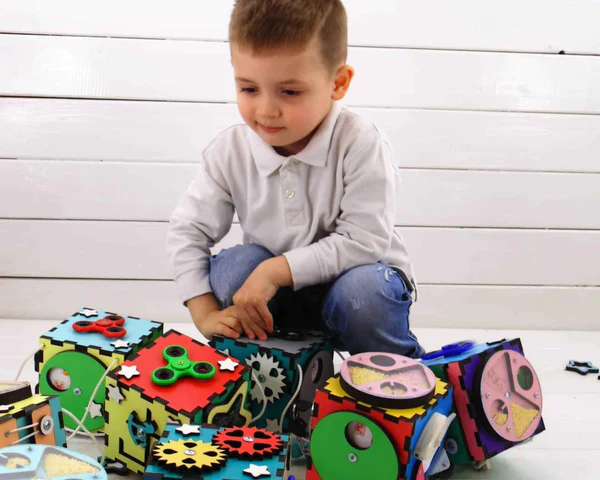
Every corner of a Montessori bedroom is a learning opportunity. Materials that cater to the child’s interests and abilities should fill the space.
There should be a strong emphasis on sensory experiences. Choose materials that the child can touch, see, and interact with to enhance their sensory motor skills.
These Busy boards are made with everyday items such as Zippers, latches, knobs, handles and wheels. It a great sensory toy and a great way to develop your child’s cognitive, physical and emotional skills.
Easy To Change As They Grow
A Montessori bedroom grows with the child. It’s not a static space but one that evolves to meet the child’s changing needs and interests. Regular assessments and changes ensure that the room remains relevant, engaging, and supportive of the child’s development.
Integration of Family and Community
Montessori bedrooms facilitate observation and interaction and although designed for the child’s independence, the room also encourages interaction with family. It’s a space where parents can watch, interact, and bond with the child. The room should strike a good balance between solitude and social interaction.
The Benefits of a Montessori Bedroom
Maria Montessori, an Italian physician, and educator developed the Montessori way to foster a childs natural tendency towards learning. Here are some of the key benefits:
Enhanced Autonomy and Independence
Children can learn to be independent by using furniture that fits their size. This helps them move around, make decisions, and do things on their own
Lillard (2017) argues that environments that create independence are strongly associated with better academic and social outcomes.
Improved Motor Skills
The design of a Montessori bedroom, offering accessible toys and activities, encourages physical activity. Kids engage in a variety of movements that boost their gross motor skills. Montessori’s own writings emphasize the integration of movement as fundamental to child development.
There are a wide range of play gyms and rocker chairs that would be a great addition to any bedroom. Check out the full range at Woods And Hearts
Cognitive and Language Development
Children in Montessori settings perform better in cognitive and language tasks. A Montessori bedroom, rich with educational materials and opportunities for exploration, fosters cognitive skills, problem solving abilities, and language development.
Enhanced Creativity
In a Montessori bedroom, kids should have access to toys and learning materials that help them play and be creative.
Carefully select every item in the room to invite interaction, exploration, and creative thinking.
Montessori toys such as this Personalized Wooden Toddler Name Puzzle make great educational and fun additions.
Organizational Skills
Montessori bedrooms promote a sense of order. Kids learn to tidy up their things on Montessori bookshelves, developing organizational skills
Montessori’s principle of the “Prepared Environment” supports the idea that children can do activities alone. The environment allows children to work on their own with minimal adult assistance.
Emotional Well-being
In 2006, a study discovered that children who went to Montessori schools had better social and behavioral skills. A Montessori bedroom helps children feel in control and proud, boosting their emotional well being and self esteem.
Connecting with Nature
Montessori bedrooms, often incorporate wood, plants, and natural light to help children develop an intrinsic connection with nature. Montessori believed in the importance of nature in child development, and this aligns with that belief.
Furniture Selection & Decor in a Montessori Bedroom
Creating a Montessori bedroom isn’t just about choosing furniture that’s pretty (alhough it helps!). It’s about choosing pieces that align with the core principles of the Montessori method. Every piece of furniture plays a role in creating an environment that is inviting, interactive, and conducive to development. Here’s a detailed guide on making those crucial selections.
Ease Of Access and Size
The hallmark of a Montessori bedroom is furniture that is easily accessible and appropriate in size for the child. Think low shelves, tables, and chairs that the child can easily reach and use without adult assistance.
The goal is to make a space where the child feels free to explore, learn, and grow on their own.
Safety First
Your child’s safety comes first. Choose furniture with rounded corners, stable bases, and non toxic materials to ensure the child’s safety. You should also consider the placement of furniture, making sure it doesn’t block walk ways or create potential hazards.
The Bed
In a Montessori bedroom, it is very common to find a floor bed instead of a traditional raised bed. These top of the range beds have been designed to provide a number of benefits for your child’s development.
They encourage independence and self reliance, develop spatial awareness, teach physical boundaries and promote self discipline. In addition, they promote healthy sleep patterns, making sure your child gets the rest they need.
Find the full range of beds and more stunning Montessori products at: Woodesa.com
Material Choices
Many parents in a Montessori setting often favor natural materials. Wooden furniture, cotton fabrics, and other natural items make a cozy space for kids to explore different textures.
Storage Solutions
An open wardrobe is a must have in any Montessori bedroom. Letting kids pick their own clothes helps them learn to be responsible and independent from a young age.
Let them feel like they own the space and everything is meant to be for them. It boosts self confidence, teaches life skills, and improves fine motor skills and coordination.
. .
Involving the Child
As the child grows, involving them in the selection of furniture can make them feel special. It fosters a sense of ownership and allows the child to express their preferences and individuality.
Aesthetics and Functionality Balanced
While the functional aspect is crucial, how it looks also plays an important role. The furniture should be nice to look at that engages the child’s senses and imagination.
These Montessori Floating Bookshelf “Clouds” look great and offer good storage options.
Space for Creativity
Include furniture that supports creative activities – an activity table for drawing or crafting, spaces that encourage reading and exploration. Every piece should be a tool that supports the child’s development.
Learning Materials in a Montessori Bedroom
In a Montessori bedroom, learning materials aren’t just items to keep a child busy. They are key in developing the child’s cognitive, motor, and sensory development. We specially select each item to enhance skills and promote a love for learning.
Variety and Diversity
A mix of learning materials that cater to different aspects of a child’s development is essential. From wooden puzzles that challenge cognitive skills. To toy blocks that enhance fine motor skills.
Sensory Engagement
Maria Montessori was a strong believer sensory education. Materials that engage the child’s senses; touch, sight, sound, taste, and smell occupy a prime place. Think of textured fabrics, colorful visual elements, musical instruments, and aromatic plants.
Real, Practical Life Tools
Montessori emphasizes activities that mirror real life tasks. Kids can learn practical skills, coordination, and responsibility with small brooms, mops, or a play kitchen.
Creativity and Imagination
Materials that spark creativity and imagination are essential. Toys like art supplies and building blocks encourage creativity by offering different ways to play.
Rotation and Organization
Montessori bedrooms should not be messy. Rotate learning materials regularly to keep your child’s interest alive and to offer diverse learning opportunities
A Toy Storage Organizer helps parents to teach children to be responsible for their own stuff. Cleaning up can become just as exciting as play time if you have the right toy storage system.
Literacy and Numeracy
Books, number games, and wooden puzzles lay the foundation for literacy and number skills. In a Montessori setting, these are often interactive and visual, making learning an engaging and fun process.
Cultural Awareness
Globes, maps, and materials teach cultural awareness and global citizenship. It aligns with Montessori’s vision of education being a means to create a connected world.
Closing Thoughts From Me
Making a Montessori bedroom is like creating a special blend of beauty and learning. It’s like painting a picture where kids can explore, learn, and grow. You choose everything in the room to help your children learn and discover. It’s more than just a place to stay; it’s full of chances to help kids reach their full potential.
A Montessori bedroom room is a way for parents to show their love. A special place where we not only look after our children but also celebrate them. It’s designed to spark their curiosity and help them grow from little babies into confident kids. The room, with its warm colors and things kids can easily use and enjoy, lets them find their own way.
FAQs
What steps can I take to guarantee my child’s safety in a Montessori bedroom? Safety should be factored into the design. Low furniture, soft corners, and non toxic materials are essentials.
Can I convert an existing bedroom into a Montessori style? Absolutely, with a touch of creativity and planning, transformation is always within reach.
How often should I update the learning materials? As your child grows, so should their environment. Regular assessments and updates ensure the room remains a haven of learning.
How do I choose the right peices of art? Focus on educational pieces that are age appropriate. Install them at the child’s eye level to invite interaction.
What’s the role of parents in a Montessori bedroom? Allow your child to explore at the same time as ensuring their safety and learning. It’s a balance between watching and interaction.

